TOP 13 RICHEST PEOPLE OF ALL TIME
Updated : April 2025
Across the vast tapestry of history, certain individuals have amassed fortunes of truly staggering proportions, their wealth echoing through the ages. Behold, then, a distinguished assembly: the thirteen most affluent figures to have ever graced this Earth.
These thirteen titans of wealth represent the very apex of financial dominion, their names often whispered with a mixture of awe and disbelief. Imagine the sheer scale of their holdings, capable of reshaping economies and influencing the course of nations. Each entry on this list carved a unique path to prosperity.
From shrewd merchants who navigated ancient trade routes to visionary industrialists who ushered in new eras, and from astute financiers who mastered the intricacies of global markets to powerful rulers who commanded vast resources, these thirteen individuals stand as enduring monuments to the accumulation of riches throughout all time. Their stories, though diverse, converge on a single point: unparalleled financial might.

#13 - Elon Musk
Snaring the thirteenth position on this roster of bold billionaires is Elon Musk, a visionary entrepreneur whose ambitious ventures have reshaped multiple industries. The South African-born innovator first made waves with PayPal before revolutionizing the automotive world through Tesla, producing electric vehicles that have accelerated the transition towards sustainable energy. Musk didn't stop there; he founded SpaceX to make humanity a multiplanetary species, with audacious missions like sending private citizens into orbit and landing reusable rockets. His bold tweets and public persona have made him a divisive figure in popular culture, straddling the line between groundbreaking genius and provocative maverick. Musk's relentless pursuit of cutting-edge technologies and his penchant for disrupting established norms have earned him a place among history's most impactful business leaders.
Watch on YouTube : Tesla’s ‘We, Robot’ Event
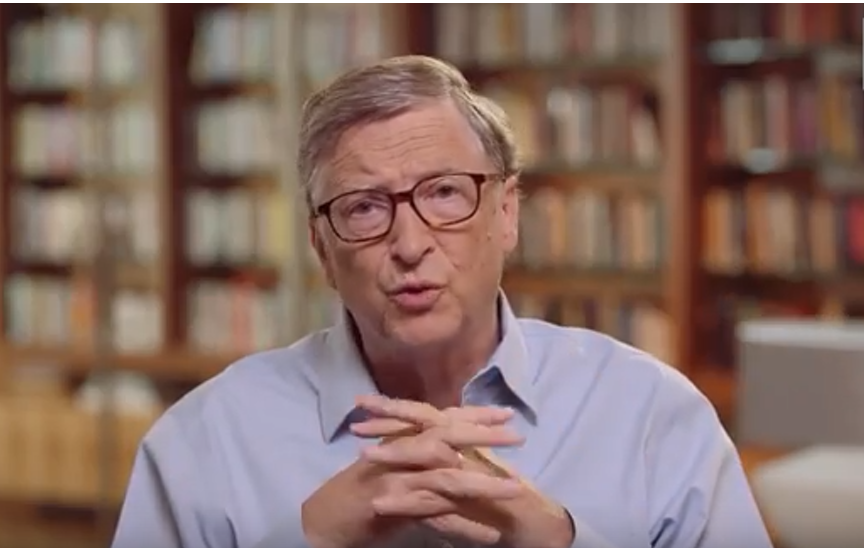
# 12 - Bill Gates
The twelfth slot on this list of trailblazing tycoons is Bill Gates, the co-founder of Microsoft who helped ignite the personal computer revolution. Alongside Paul Allen, Gates developed MS-DOS and Windows, operating systems that became ubiquitous in homes and offices worldwide. His keen business acumen and relentless drive propelled Microsoft to dominance in the tech industry, amassing a fortune that once made him the wealthiest person on Earth. Beyond his professional achievements, Gates has emerged as a prominent philanthropist, dedicating significant resources through the Bill & Melinda Gates Foundation to tackle global challenges like poverty, disease, and education. His influential voice on world issues has made him both respected and debated, reflecting his outsized impact on society in the digital age.
Watch on YouTube : Bill Gates: AI Is “The First Technology That Has No Limit”

# 11 - Alan Rufus
Capturing the eleventh place on this chronicle of intrepid elites is Alan Rufus, a 12th-century Norman baron who played a pivotal role in the Norman Conquest of England. As a trusted lieutenant of William the Conqueror, Rufus distinguished himself in the decisive Battle of Hastings, earning vast lands and riches as a reward for his loyal service. His strategic acumen and military prowess helped consolidate Norman rule over England, ushering in a new era of feudal power dynamics. Rufus' wealth and influence extended to his support of religious institutions; he founded the influential Saint-Evroult monastery in Normandy. Though shrouded in history's mists, his legacy as a key architect of medieval European power structures secures his place among the continent's most impactful figures of his time.
Watch on YouTube : How Alan Rufus Spends his billions
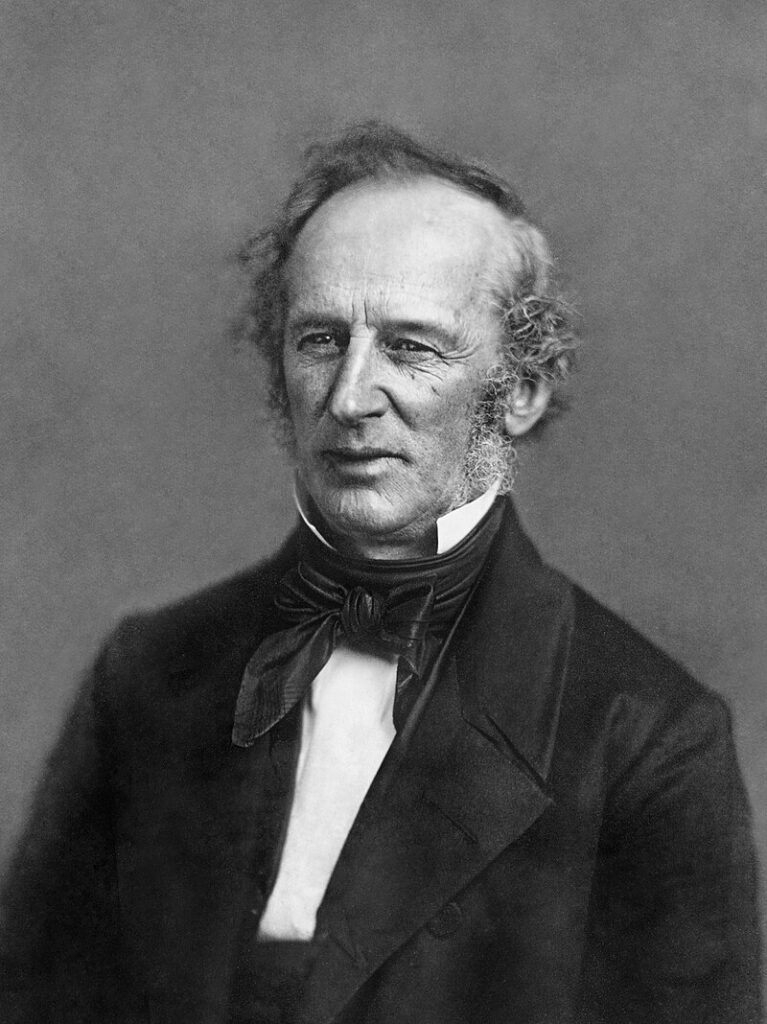
# 10 - Cornelius Vanderbilt
Ranking tenth is Cornelius Vanderbilt, the patriarch who transformed a small shipping business into a vast railroad empire. Born into humble beginnings, Vanderbilt's keen eye for opportunity and unyielding ambition propelled him to become one of America's first tycoons in the 19th century. He revolutionized transportation by investing heavily in railroad development, creating a sprawling network that connected cities and facilitated commerce on an unprecedented scale. Vanderbilt's ruthless business tactics and penchant for outmaneuvering competitors earned him the moniker "Commodore," a title that embodied his power and influence. His fortune, amassed through visionary investments and sheer tenacity, laid the foundation for the modern-day Vanderbilt dynasty. The Commodore's enduring legacy in shaping American infrastructure and capitalism ensures his place among the nation's most consequential and controversial business titans of all time.
Watch on YouTube : American Titans Documentary – Cornelius Vanderbilt
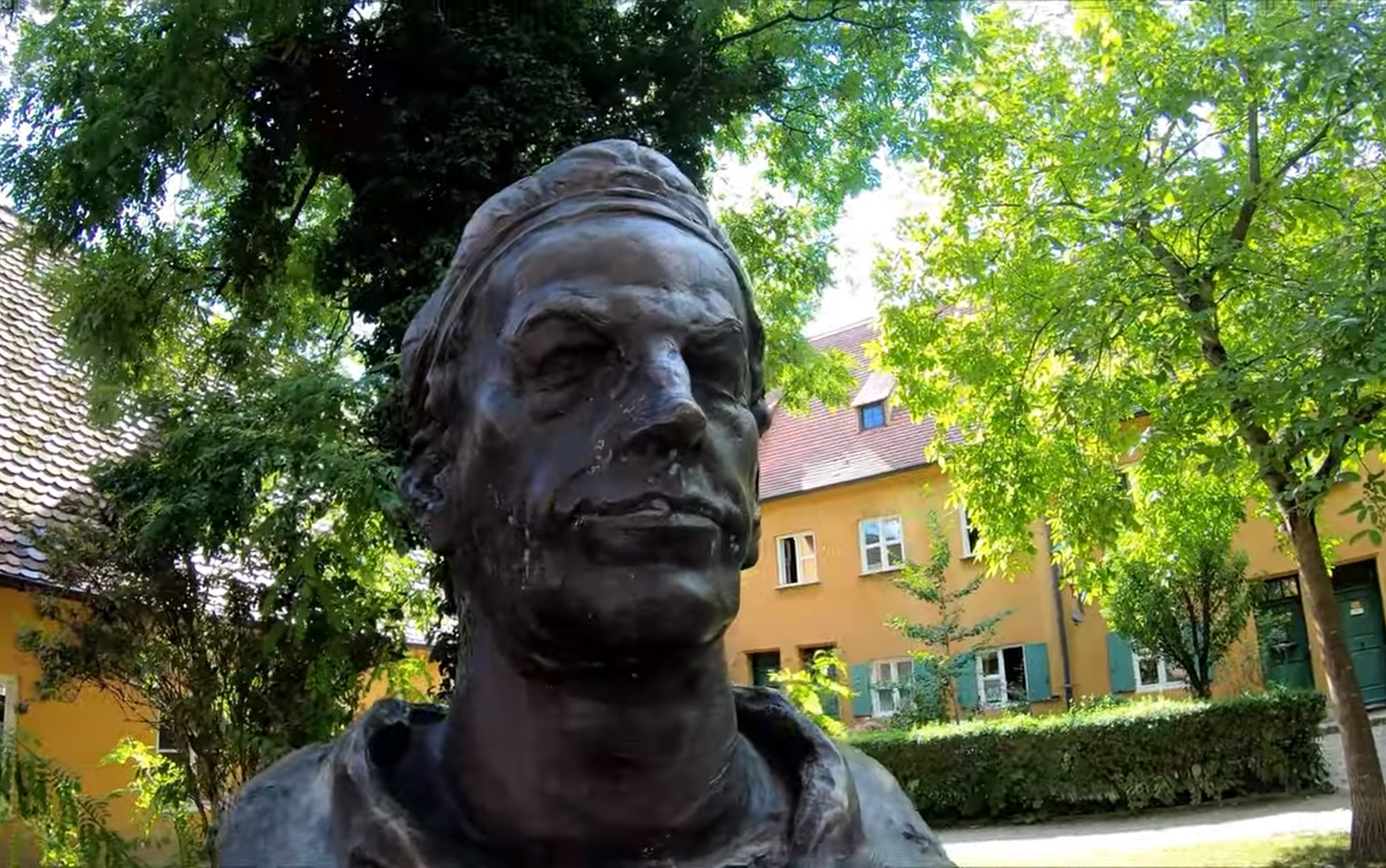
# 9 - Jakob Fugger
Jakob Fugger, the patriarch who elevated his family's banking house to unprecedented heights during the Renaissance era takes ninth position. Known as "Jakob the Rich," he deftly navigated the complex political and financial landscapes of 15th-century Europe, becoming the chief finance minister and banker to the Holy Roman Empire under Emperor Maximilian I. Fugger's ingenious financial engineering, including the creation of public debt financing, revolutionized medieval banking and enabled ambitious infrastructure projects like the construction of the Vatican's St. Peter's Basilica. His far-reaching business acumen and strategic alliances with European nobility amassed a fortune that made him one of the wealthiest men in history relative to global GDP. Fugger's enduring legacy as a pioneer of modern finance and his family's lasting influence on European power structures cement his place among this illustrious assembly of bold economic visionaries.
Watch on YouTube : A Banker More Powerful Than Kings – Jakob Fugger
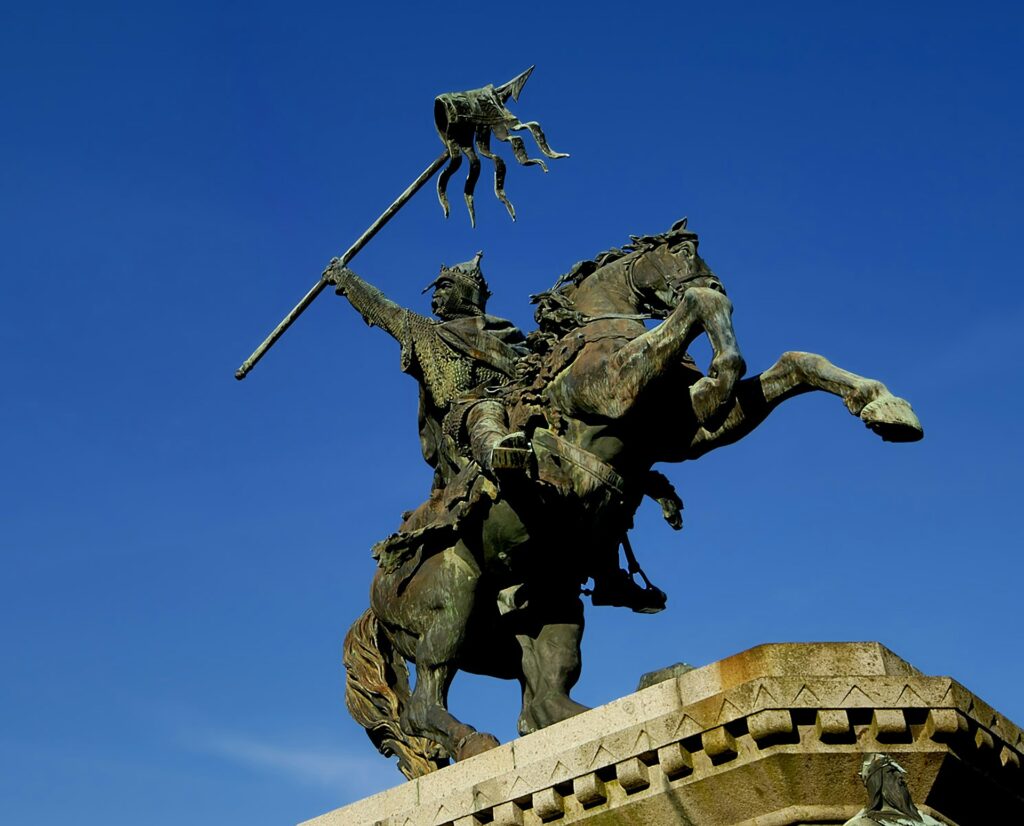
# 8 - William the Conqueror
Winning the eighth land on this roll of daring leaders is William the Conqueror, the Norman duke who rewrote the destiny of England through force of courage, arms and audacity. Born William the Bastard, he overcame his illegitimate birth to unite the fractious Norman nobility behind his claim to the English throne. In 1066, he invaded England with a formidable army, determined to seize power from the Anglo-Saxon king, Harold Godwinson. The Conqueror's strategic brilliance and ruthless military leadership culminated in the decisive victory at the Battle of Hastings, where he crushed the English resistance. Following his conquest, William imposed Norman French culture and language on England, forever altering the island nation's trajectory. His commissioning of the Bayeux Tapestry, the first "storyboard", or of the so called "Domesday Book", the first comprehensive survey of a nation, demonstrated his meticulous approach to governance. The Conqueror's enduring legacy as the founder of the Anglo-Norman dynasty and architect of medieval English society earns him a place among history's most impactful and transformative leaders.
Watch on YouTube : William the Conqueror, the Norman who dared to invade England
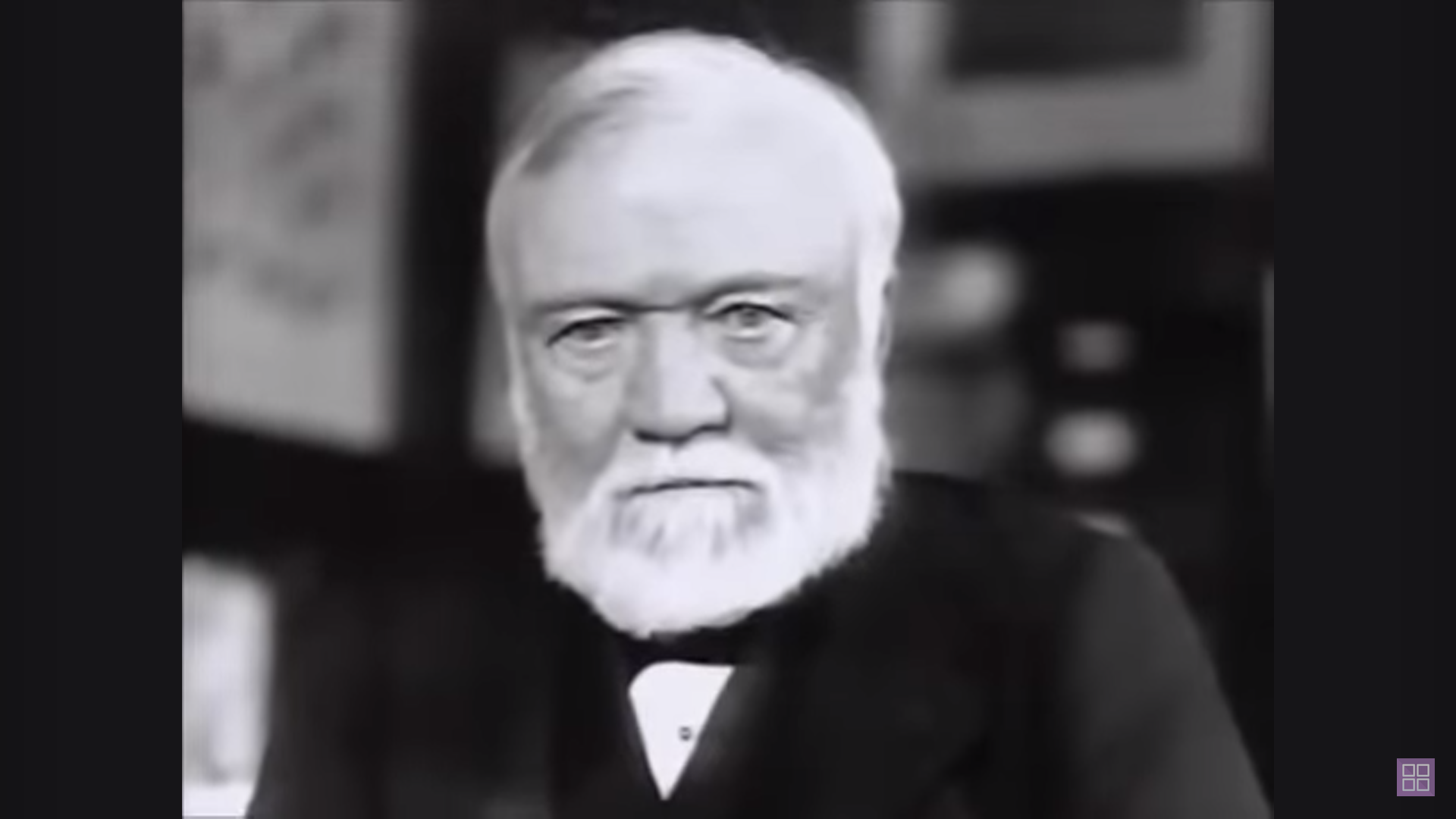
# 7 - Andrew Carnegie
Claiming the seventh position is a Scottish immigrant, a certain Andrew Carnegie, who rose from poverty to become one of America's most prominent steel magnates in the late 19th century. Arriving in the United States as a poor teenager, Carnegie clawed his way up through hard work and astute business acumen, eventually founding the Carnegie Steel Company, which would become the bedrock of modern American industry. His innovative production methods and aggressive acquisition strategies allowed him to dominate the steel market, amassing an immense fortune in the process. Carnegie's philosophy of wealth accumulation and distribution, outlined in his influential essay "The Gospel of Wealth," advocated for the concentration of vast riches in the hands of a few industrious individuals who would then use their wealth for the betterment of society. His philanthropic endeavors, including the establishment of numerous libraries, universities, and cultural institutions, embodied this ethos. Carnegie's enduring impact on American industry, business philosophy, and charitable giving secures his place among history's most consequential and controversial industrial titans.
Watch on YouTube : Man of Steel : Andrew Carnegie

# 6 - John D. Rockefeller
In sixth place stands John D. Rockefeller, an American business magnate who rose to become the wealthiest person in history. Born into a modest family, Rockefeller demonstrated remarkable ambition and acumen from a young age. He co-founded the Standard Oil Company in 1870, which quickly dominated the oil industry through a series of shrewd acquisitions and vertical integrations. Rockefeller's ruthless business tactics, often criticized as monopolistic, allowed him to control over 90% of oil refineries and pipelines at his peak. Rockefeller's immense wealth, estimated at around $400 billion in today's value, stemmed from his unparalleled success in the oil industry. He pioneered modern business practices such as the use of corporate structures, professional management, and market analysis to maintain his empire. Despite his controversial methods, Rockefeller was a significant philanthropist, donating hundreds of millions to various causes, including education, public health, and medical research.The University of Chicago, Rockefeller University, and numerous hospitals bear testament to his philanthropic legacy. However, Rockefeller's impact extended beyond industry and charity; he played a pivotal role in shaping the American economy and society during the Gilded Age.
Watch on YouTube : How Rockefeller Built His Trillion Dollar Oil Empire
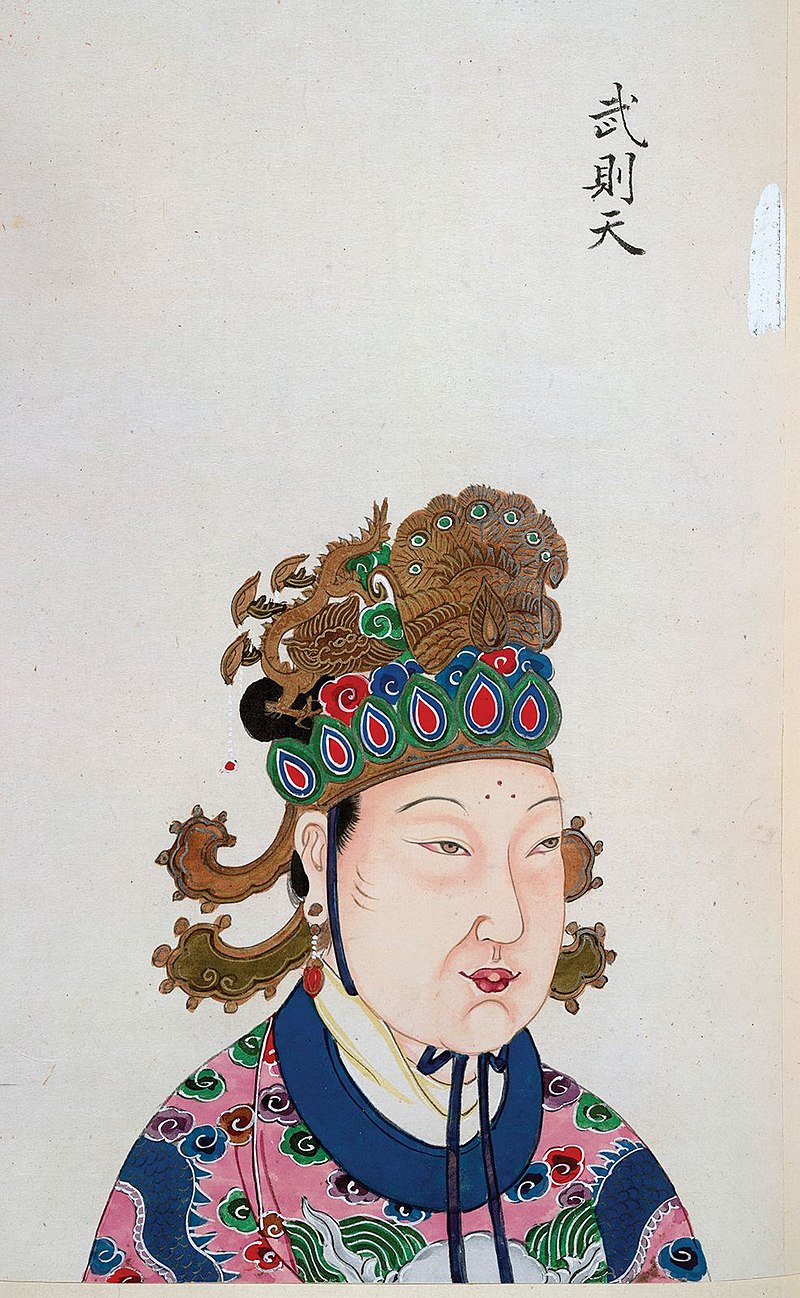
# 5 - Empress Wu Zetian
In fifth place reigns Wu Zetian, the sole female emperor in Chinese history who ruled during the Tang Dynasty from 624 to 705 AD. Born into humble beginnings, Wu Zetian's exceptional intelligence, ambition, and political prowess elevated her from a lowly concubine to the ultimate authority. Rising through the ranks beside the emperor, she masterminded a coup in 690 AD, toppling the preceding dynasty and establishing the Zhou Dynasty with herself as the absolute ruler. During her 54-year reign, Wu Zetian implemented numerous strategic reforms to fortify the empire, such as founding a new capital city (Chang'an), promoting Confucianism as the state ideology, and expanding China's territorial boundaries. Under her leadership, China witnessed remarkable progress in literature, art, technology, and trade, with the Silk Road flourishing under her support and enabling extensive cultural exchange and economic growth. Despite facing criticism and opposition, particularly due to her unprecedented status as a female ruler, Wu Zetian's reign was characterized by stability, innovation, and notable accomplishments that left an indelible mark on Chinese history and society.
Watch on YouTube : Wu Zetian the First and Only Empress of Imperial China

# 4 - Akbar the Great
The fourth rank belongs to Akbar the Great, a Mughal emperor who ruled from 1556 to 1605, ushering in a golden age of Indian art, culture, and empire-building. Born as Sher Shah Suri's prisoner, Akbar's destiny took a remarkable turn when he ascended to the throne at the tender age of thirteen. His exceptional leadership skills, strategic alliances, and military prowess enabled him to expand his empire significantly, encompassing most of the Indian subcontinent by the end of his reign. Akbar's rule was marked by religious tolerance, cultural pluralism, and a focus on governance and infrastructure development. He abolished the jizya tax on non-Muslims, promoted interfaith dialogue through regular debates at his court, and even embraced Hindu practices in his personal life. The emperor's support for arts, architecture, and literature led to the construction of grand monuments like the Red Fort in Agra and the fostering of creative talents such as the painter Basavan. Under Akbar's patronage, the Mughal Empire reached unprecedented heights of wealth, power, and cultural achievement.
Watch on YouTube : Akbar the Great Mughal Emperor
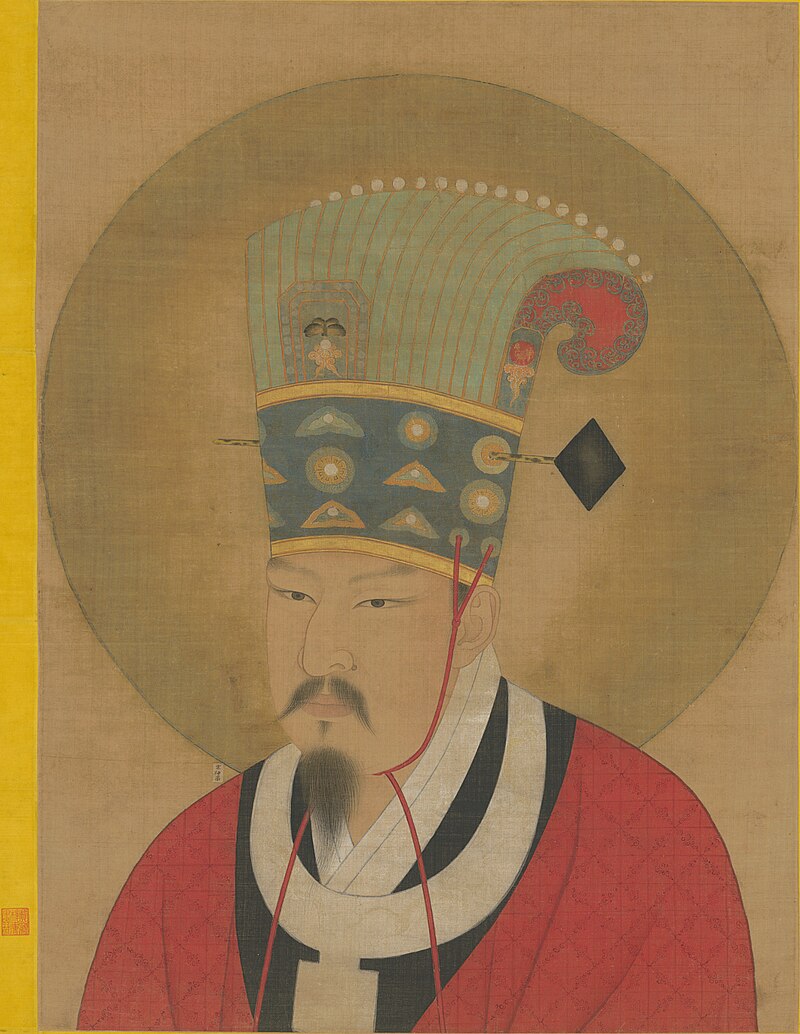
# 3 - Emperor Shenzong
In third place sits Emperor Shenzong (1068-1085) of the Song Dynasty, a remarkable ruler who presided over China's golden age of prosperity, innovation, and cultural brilliance. Born as Zhao Xu, the crown prince was known for his exceptional intelligence, wisdom, and benevolent nature even in his youth. Upon ascending to the throne at the age of nineteen, Emperor Shenzong implemented a series of far-reaching reforms and initiatives that transformed China. He streamlined the bureaucracy, established merit-based examinations, and promoted Confucian values to strengthen the empire's governance. The emperor's support for education led to an unprecedented boom in literacy rates and intellectual pursuits. Under Shenzong's patronage, Chinese arts, literature, science, and technology flourished like never before. The creation of the first Chinese encyclopedia, the "Yongle Encyclopedia," was commissioned during his reign. Advances were made in fields such as mathematics, astronomy, and military engineering, with the development of new weapons and navigation tools. Emperor Shenzong's most significant achievement was perhaps the establishment of the Imperial Printing Bureau in 1075 AD, which led to a drastic increase in the production and dissemination of books.
Watch on YouTube : Emperor Shenzong The Reformer
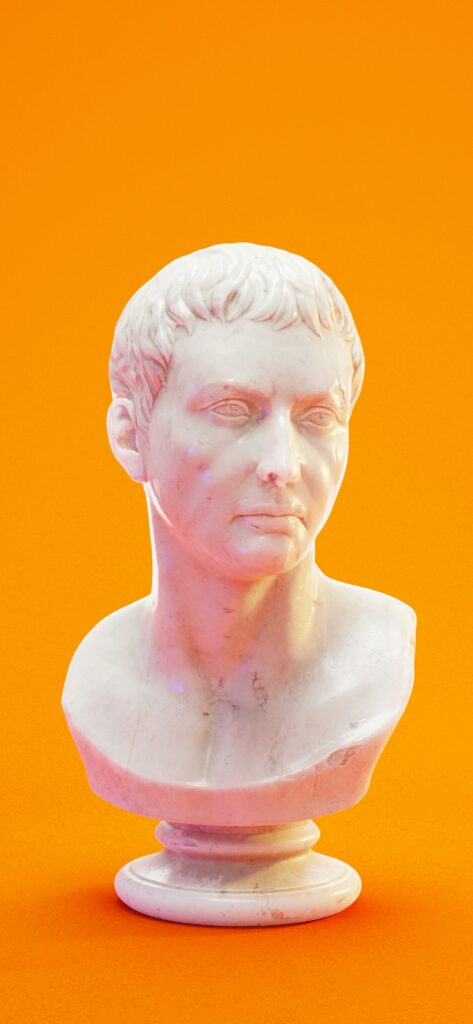
# 2 - Imperator Caius Iulius Caesar
Julius Caesar (100 BC - 44 BC), the renowned Roman general, statesman, and writer who played a pivotal role in the fall of the Roman Republic and the rise of the Roman Empire, ranks as the second richest person of All Time. Born into a patrician family, Caesar demonstrated exceptional military prowess and political brilliance from a young age. Throughout his career, Caesar conquered vast territories, including Gaul, Britain, and Egypt, expanding Rome's empire to unprecedented heights. His victories were chronicled in his own written accounts, most notably "Commentarii de Bello Gallico," which remain celebrated for their lucid prose and insight into military strategy. As a political leader, Caesar served as consul, dictator, and eventually, virtual emperor of Rome. He implemented numerous reforms aimed at strengthening the republic and improving the lives of its citizens. These included land distribution to veterans and poor farmers, judicial reforms, and the creation of new colonies. Caesar's influence extended beyond politics and military affairs; he was also a highly acclaimed orator and writer. His works, including "The Civil War," and his philosophical treatise "On Similarity," have had a lasting impact on Latin literature and the Western world.
Watch on YouTube : Julius Caesar, Mini-Documentary
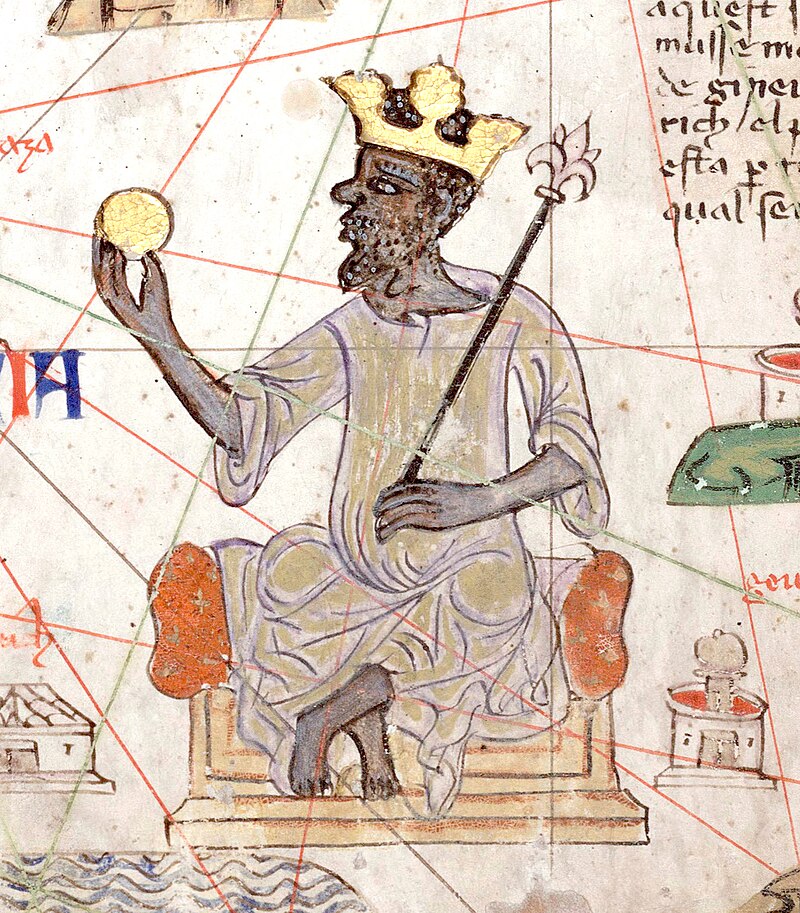
# 1 - Emperor Mansa Musa
Reigning supreme, we find Mansa Musa (c. 1280 - c. 1337), the Mali Empire's ruler who is renowned as the wealthiest individual in history. Born into the Keita dynasty, Mansa Musa ascended to the throne through a combination of political drive and military exploits. During his reign, Mansa Musa expanded the Mali Empire to its greatest extent, encompassing present-day Mali, Senegal, Gambia, Guinea, and parts of Nigeria and Niger. The empire's wealth was derived from abundant gold reserves, which were transported throughout West Africa via the trans-Saharan trade routes. Mansa Musa's vast riches allowed him to invest in infrastructure projects, such as roads, bridges, and mosques, fostering economic growth and cultural development. One of Mansa Musa's most famous success was his pilgrimage to Mecca in 1324-1325, during which he displayed his incredible wealth. Accompanied by a caravan of thousands of people and hundreds of camels carrying gold, the emperor distributed immense amounts of gold throughout Egypt and Syria, causing inflation in those regions for years afterward.
Watch on YouTube : 15 Things About Mansa Musa
